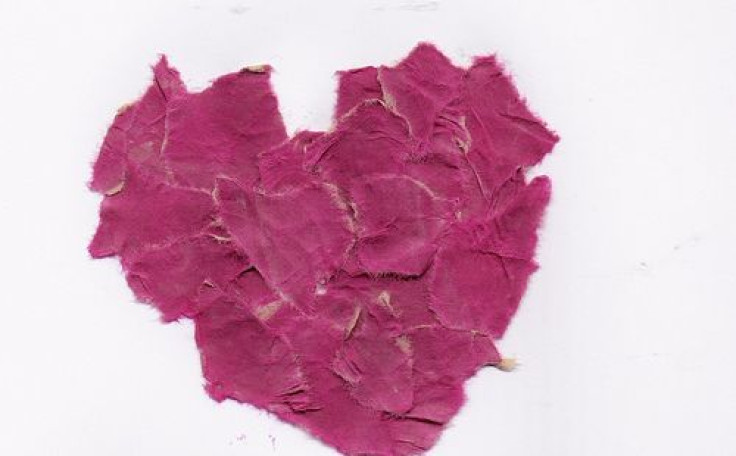The Glue That Mends Broken Hearts: Adhesive Solution More Effective Than Stitches, Staples

One of the many challenges facing doctors is how to leave a patient after an invasive procedure. Current options include the use of staples and sutures (stitches), which leave ample room for sloppy repair. This prompted two Massachusetts researchers to develop an adhesive glue that literally mends broken hearts.
While current adhesive options other than crude staples or suture exist, they don’t seal as fast the current glue, according to Jeffrey M. Karp, an associate professor of medicine at Harvard Medical School, who co-designed the glue with Dr. Pedro del Nido, a cardiac surgeon at Boston Children's Hospital. While the glue has so far been tested exclusively on rats and pigs, the pair believes the mechanisms by which the damaged organs get repaired can transfer successfully to humans.
To test the glue, researchers ran extensive tests on pigs whose carotid arteries they purposely cut. They also applied the glue via an adhesive patch to the septum that bridges the left and right atria. Once the glue enters the tissue or lesion of blood vessels, the researchers shine an ultraviolet light on the glue, activating free radicals. This helps the molecules bind together, forming a rubber-like chain that can withstand the pressures of a beating heart and other forces.
In rat tests, the researchers cut tiny holes in the animals' hearts, akin to those produced by birth defects, before patching the holes with pieces of material that allowed the tissue to regrow and seal the hole. In both animal models, the team explained, the glue has the potential to exceed the effectiveness of both staples and sutures, as the risk of user error drops dramatically.
"With each pass of a suture needle, you have to realign the tissue," Karp told Live Science. "Staples can damage tissue, and they need to be bent to lock into place." Worse, staples aren’t watertight and must be removed eventually because they’re often made of metal.
So far, the challenge remains acquiring approval for human testing. Karp and his colleagues have collectively raised $10 million and assembled a company to market the glue, called Gecko Biomedical. The team is hoping to hit European markets by 2015, Karp said. Given the current landscape of reparative surgical procedures, he hopes the step forward will not only improve doctor care but elevate patient satisfaction.
"One of the major limitations in adopting minimally invasive approaches in the clinic,” Karp explained, “is that there are no suitable adhesives that can work in such a challenging environment" within the body.
Source: Lang N, Pereira M, Lee Y. A Blood-Resistant Surgical Glue for Minimally Invasive Repair of Vessels and Heart Defects. Science Translational Medicine. 2014.



























